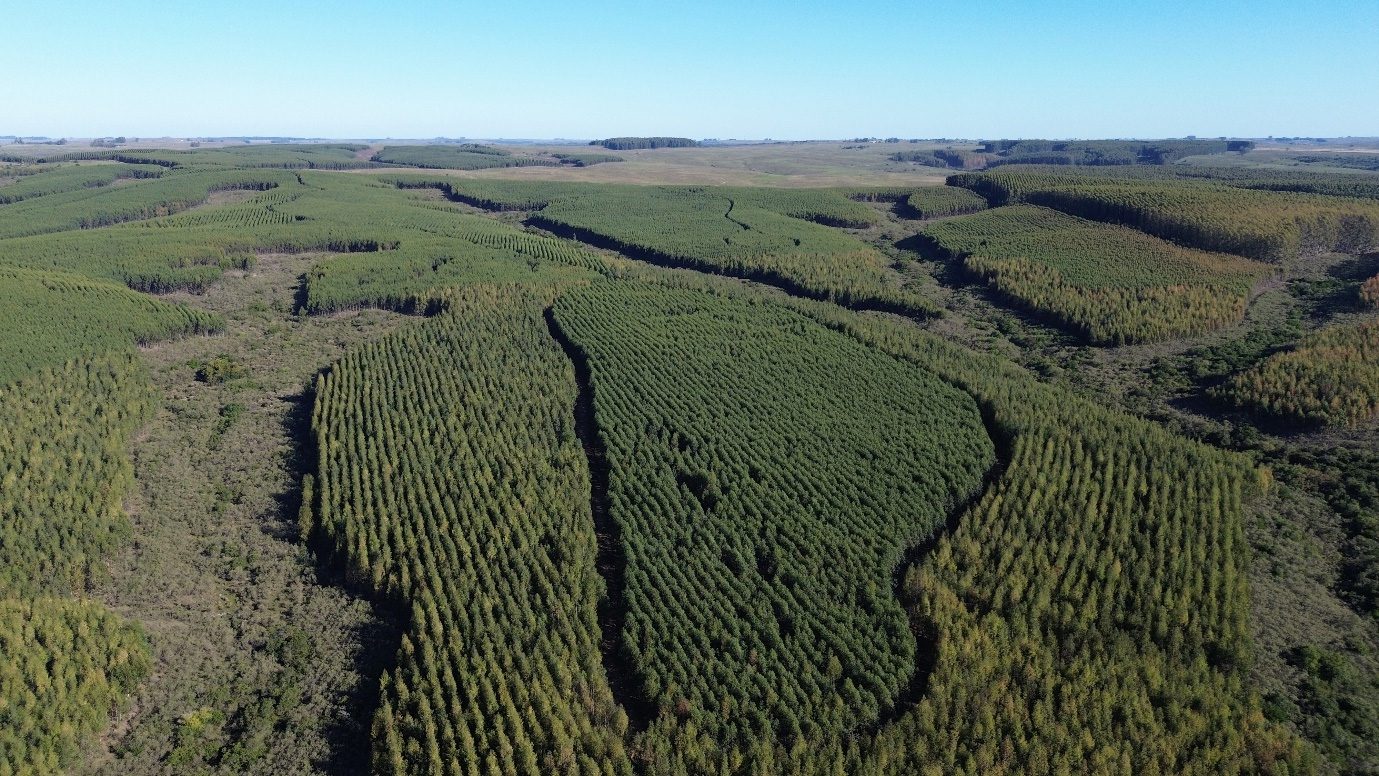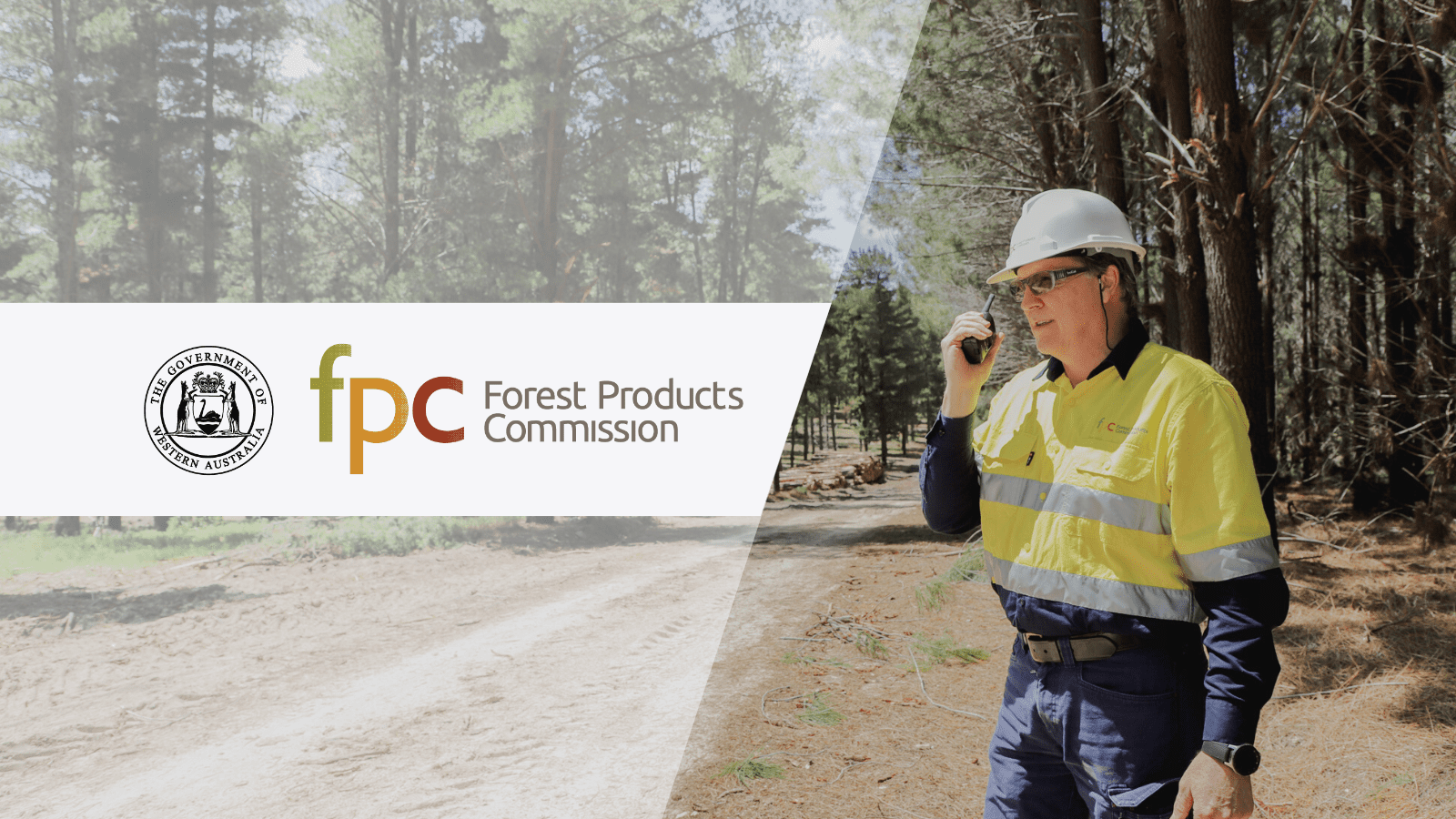Visualizing the multitude of ‘what-if’ scenarios, with all its variables, is essential within forestry to minimize immediate and longer-term impacts on the landscape by understanding impacts before they happen. Al-Pac’s use of optimization modeling for forest planning decision support has helped to do just that.
Al-Pac’s data-driven approach has also been a catalyst for promoting integrated forest resource management between the multiple Forest Companies operating within its management area.
Managing a large and complex supply chain
Through a Forest Management Agreement (FMA) with the provincial government, Al-Pac sustainably manages about 6.4 million hectares of public forest land in northern Alberta and, within that FMA area, approximately 2.2 million hectares are verified as harvestable. The dominant commercial species in the area are aspen, poplar, white spruce, black spruce, and jack pine. The timber, along with sawmill chips and wood purchased from private landowners (quota holders), provides fibre for Al-Pac’s mill in Boyle, Alberta.
The mill is one of North America’s largest, single-line bleached kraft pulp mills, producing approximately 620,000 air-dried metric tonnes of elemental-chlorine-free kraft pulp annually. Al-Pac is committed to innovation and continuous improvement and uses the best available technology and the philosophy to create more products with less raw materials. It also produces biomass to generate electricity and bio-methanol for manufacturing bio-based materials.
Al-Pac has leveraged Remsoft’s Tactical Optimization application as a way to streamline and integrate planning across its supply chain, maximizing efficiencies to sustainably harvest the forest resources it manages.
We are able to make the best decisions to ensure cost competitiveness, as well as long-term forest sustainability for the benefit of all Albertans,” said Remi L’Heureux, Al-Pac Business Unit Leader, Integrated Land and Fibre Logistics. “Our data-driven approach and optimized, integrated planning between forest companies have helped us manage fibre flow to minimize operational inefficiencies and maximize the benefits from the forest resource.”
From northern Alberta, Al-Pac’s pulp is shipped worldwide and made into paper tissue and towels, writing and printing paper, as well as specialty paper items for industrial use, medical use, paper-based packaging, and food packaging.
Al-Pac’s Fiber Logistics Specialist, David Zelt, explains that with millions of hectares under its management, scheduling harvesting and the transportation of wood and wood products between harvestable stands and the mill is complex.
“Inventory management is critical, and our goal is to schedule a precise wood volume at the right time to and from the correct locations while also maintaining overall bush decked inventory targets and log and chip inventories at the mill,” said Zelt.
Finding balance with a data-driven solution
Forest management decisions are based on years of experience, in-depth knowledge, environmental considerations, best practice, and public consultation. With new technology available to optimize and integrate operational planning, Al-Pac has been able to augment that knowledge with data intelligence that provides a new level of decision support that can drive efficiency improvements.
Al-Pac used Remsoft’s Woodstock optimization technology to develop a tactical wood flow model that brings together a range of planning activities to help schedule the right activity, in the right place, at the right time.
With the model, Al-Pac can generate multiple scenarios and then compare and measure them to augment planning decisions with data. The model provides data-driven decision support for harvesting, scheduling, inventory management, and transportation planning.
Optimization for future performance
Using the model, Al-Pac has optimized planning over a three- to five-year period by taking a holistic approach that considered various aspects of the business, from woodlands activities to the dynamics of global pulp markets.
According to Zelt, the tactical model has given Al-Pac the best of both worlds: self-sufficiency and the ability to address challenges and run the model internally with consulting support from Remsoft when needed.
What’s next?
Al-Pac recognizes the benefits of automating data collection and is in the process of centralizing its data into a single source of truth to augment forest planning.
There’s value in data, just as there is in fibre, and we need to maximize its value same as we do the wood that’s sitting under the crane in the yard,” says Zelt.
With cloud technology bringing data and analytics together in one place, there is an opportunity to get more value from the data being generated and use it to integrate and enhance operational decision-making. Al-Pac is taking full advantage.
The company uses separate systems for forest management and inventory management, and they are exploring Remsoft Operations as a way for these systems to talk to each other, bringing in business intelligence and more insights from valuable historical data.
The development of an integrated planning decision support system also paves the way for greater transparency and collaboration on joint planning between participating forest companies. “With the timely evaluation of plans, and a visible, integrated process, we can capture and act on opportunities as they become available,” says L’Heureux.
Ultimately, the ability to track alignment to operational plans is helping Al-Pac enhance the management of forest resources through continual improvement.
“We’re finding the right mix of optimization and scheduling to gain operational efficiencies and enhance the sustainable forest management process for the future,” says L’Heureux.
LEARN MORE:
-
Read our blog post on how you can uncover cost savings and business opportunities in mid-level planning, with optimization modeling.
-
Find out more about Remsoft’s purpose-built Tactical Optimization application for harvest scheduling and wood flow planning.





